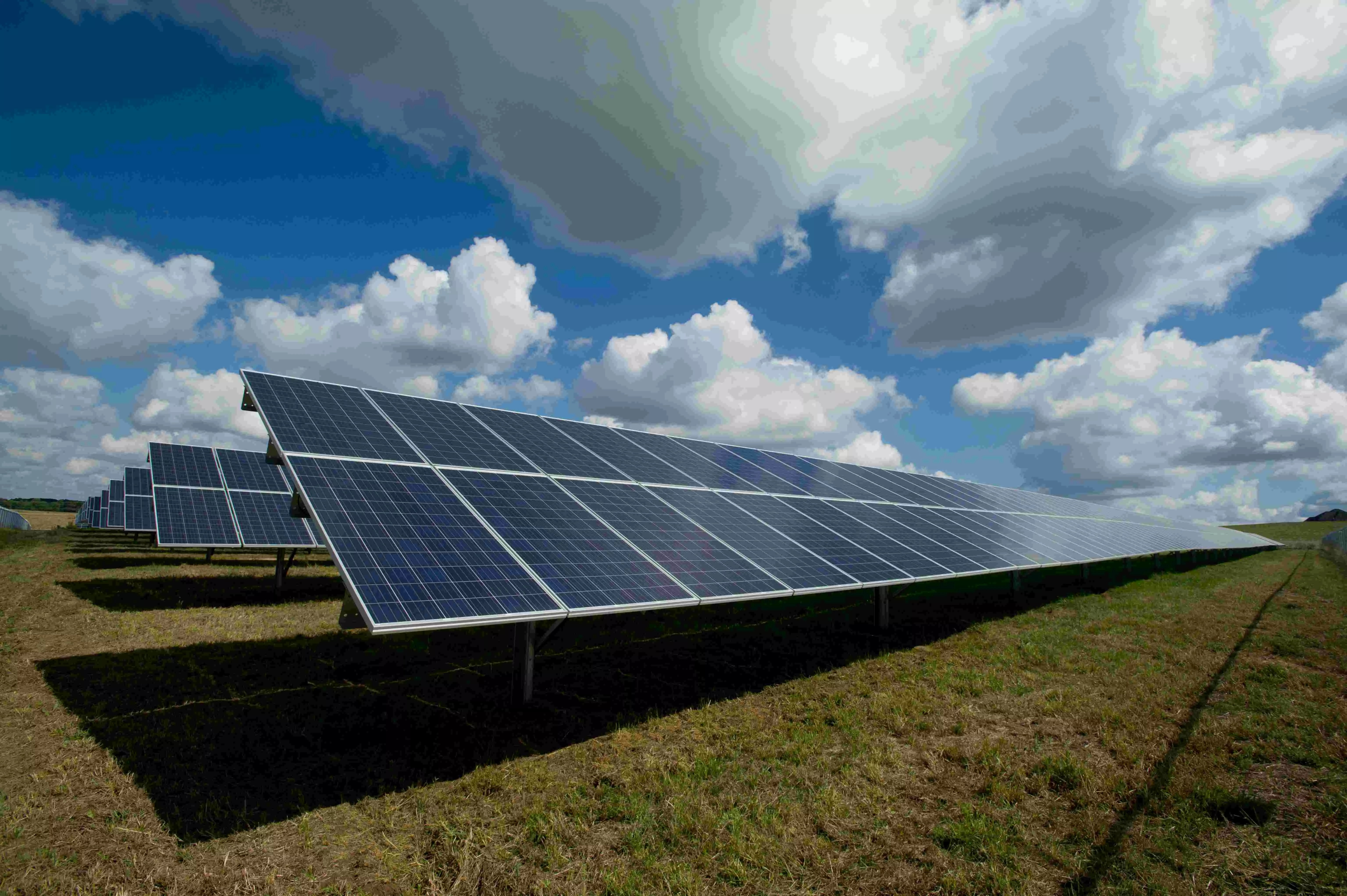Shift towards sustainability
Since the urge to transition away from fossil fuels, including coal, has become inevitable due to environmental and economic factors, mainstreaming of the renewable energy sector becomes pertinent

This year, many parts of the world have witnessed what climate change portends. In India, the summer sizzled with temperatures soaring to hitherto unseen levels. Dubai, a 24-hour functioning city, was without even any aircraft connectivity for three days because of destructive rains. Floods wreaked havoc in southern Brazil, which scientists diagnosed as an element of calamitous trend of climate change.
Climate change can no longer be ignored, and is a clear and present threat. Antonio Guterres, the Secretary General of United Nations, has cautioned: “We are on a highway to climate hell with our foot still on the accelerator.”
How to address the climate change issue? There are many answers, but an important one among them is to transition to cleaner and renewable energy sources, because use and means of energy plays a pivotal role in climate control of the Earth. At the same time, economic development today with the extant technological pathways is positively correlated with availability of energy. There is no gainsaying that the path forward has to be moderated with forms of energy compatible with environmental sustenance.
It was the 28th Climate Conference in Dubai which first came out with a clear statement on the need for reducing fossil fuels (coal, gas, oil etc.) as means of climate control. COP 28 also recommended that financing be made available to developing countries from the developed countries to manage their transition from fossil fuels so that the resultant changes do not cause mayhem, with the economy and the people at the centre of such GHG emitting activities. The idea is to enable the transition process justly without affecting the economic sustenance.
But in India, coal is deeply entrenched in the energy economy. Despite this, the country has been proactive and vigorous in bringing about the changes in its energy mix with increased impetus on new and renewable energy. India’s strategies have been manifold—incentivisation, regulation, cross subsidisation and by making energy efficiency a cornerstone of development.
Coal is still the mainstay of power generation in India because of its abundance, availability and affordability. Abundant coal resources located primarily in eight states of Chhattisgarh, Odisha, Jharkhand, West Bengal, Telangana, Madhya Pradesh, Maharashtra, and Uttar Pradesh have been historically mined by two public sector companies — Coal India Limited, and Singareni Collieries Company Limited. End use-based mining and commercial mining are also picking up fast, with NTPC, WBPDCL, DVC, and RRVUNL ramping up their production.
On the other hand, the installed capacity of renewables (excluding large hydro) has shown a spectacular growth from 6 GW in 2004-05 to about 18 GW in 2010-11 and about 125 GW in 2022-23. India has further achieved an impressive figure of 182 GW, including about 47 GW of large hydel in FY 2023-24 as installed capacity.
As per the CEA’s Report on Optimal Generation Mix, India’s estimated installed capacity in 2030 would be 777 GW, with 431 GW of renewable energy (55 per cent) — excluding large hydro — and 252 GW (32 per cent) of coal & lignite. Evidently, renewables could be overshooting the dry fossil fuels by a wide margin in growth in installed capacity.
The falling price of renewable energy pitches it strongly as an effective alternative. If the energy storage solution (ESS) becomes cost-effective to a greater degree, as projected to be, then not only in terms of ecological sustenance but in strict economic terms also, the solar, primarily backed up by wind with ESS, has potential to emerge as the mainstay power, even in India.
Thus, given the kind of emerging scenario, the coal sector and associated generation sector will have to firmly dedicate themselves to more climate-friendly functioning. Sustainability-oriented mining, High Efficiency Low Emission (HELE) generation technology, and much enhanced consumer-centric attitude are sine qua non for coal and coal user industry in the face of both ecological and economic headwinds from the renewable forms of energy.
We suggest that standard international practices of coal preparation, crushing, sizing and washing should become mandatory practices. Large tracts of land diverted for coal mining need to be brought back and put into productive usage once mining need is over. Coal gasification route for extraction and power generation have not yet proved to be cost effective, and that path perhaps has to be travelled with caution.
There is a real need to put a Coal Regulator in place, tasked to ensure a level playing field, transparency in fuel supply agreements, engaging ombudsman to look at the quality assurance issues. These are essential for a smooth regulatory chain operation, from extraction of coal to the use of the resource in regulated power sector, keeping in mind the needs of climate sustenance, consumer interest, and overall public interest.
Empathetic actions will have to be taken by the mining companies and generating companies in their operational areas once, because due to the environmental and economic factors, transition away from coal and coal-related activities becomes inevitable. Facilitating the related people to justly and seamlessly transit by helping the local administration in this task has to be an avowed corporate duty.
The words of Jane Goodall, a scientist and activist, aptly captures the essence of the situation, “What you do makes a difference, and you have to decide what kind of difference you want to make”.
Sutirtha Bhattacharya is a former Chairman, Coal India Limited and a former Chairperson of West Bengal Electricity Regulatory Commission; DN Prasad was Adviser Ministry of Coal, GoI. Views expressed are personal



